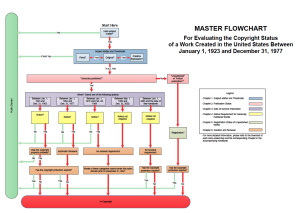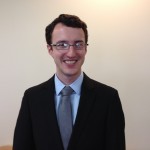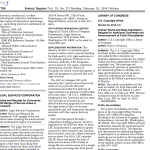For the first time in twenty years, published works in the U.S. expired into the public domain. This anomaly was the direct result of the Copyright Term Extension Act that extended the length of copyright for works still in their renewal term at the time of the Act to 95 years. This effectively froze the replenishing of the public domain for twenty years. I remember giving copyright workshops with pictures of frozen ice, thinking the year 2019 was some futuristic date. The future is finally here.
But an important note to remember amidst the rejoicing: the length of copyright has not shrunk back. We’ve just finally waited it out long enough for those 1923 works to join their brethren in the public domain. The works published in 1922 joined the public domain back twenty years ago. Hm.
Back at the party, the Internet Archive celebrated the Public Domain Day in style last Friday, with flappers from the 1920s, treats made from recipes in the 1920s and an impressive list of speakers (below). Cory Doctorow gave a rousing closing keynote, in which he spoke about grifters, who use paperwork to somehow shift your stuff to the grifter’s stuff, giving many examples in the world of intellectual property.
We tweeted the Larry Lessig portion of the event and he was joined many other speakers captured in the livestream:
- Lawrence Lessig – Harvard Law Professor
- Cory Doctorow – Author & Co-editor, Boing-Boing
- Pam Samuelson – Berkeley Law Professor
- Paul Soulellis – Artist & Rhode Island School of Design Professor
- Jamie Boyle – Duke Law Professor & Founder, Center for the Study of the Public Domain
- Brewster Kahle – Founder & Digital Librarian, Internet Archive
- Corynne McSherry – Legal Director, Electronic Frontier Foundation
- Ryan Merkley – CEO, Creative Commons
- Jennifer Urban – Berkeley Law Professor
- Joseph C. Gratz – Partner, Durie Tangri
- Jane Park – Director of Product and Research, Creative Commons
- Cheyenne Hohman – Director, Free Music Archive
- Ben Vershbow – Director, Community Programs, Wikimedia
- Jennifer Jenkins – Director, Center for the Study of the Public Domain
- Rick Prelinger – Founder, Prelinger Archives
- Amy Mason – LightHouse for the Blind and Visually Impaired
- Paul Keller – Communia Association
- Michael Wolfe – Duke Lecturing Fellow, Center for the Study of the Public Domain
- Daniel Schacht – Co-chair of the Intellectual Property Practice Group, Donahue Fitzgerald LLP





